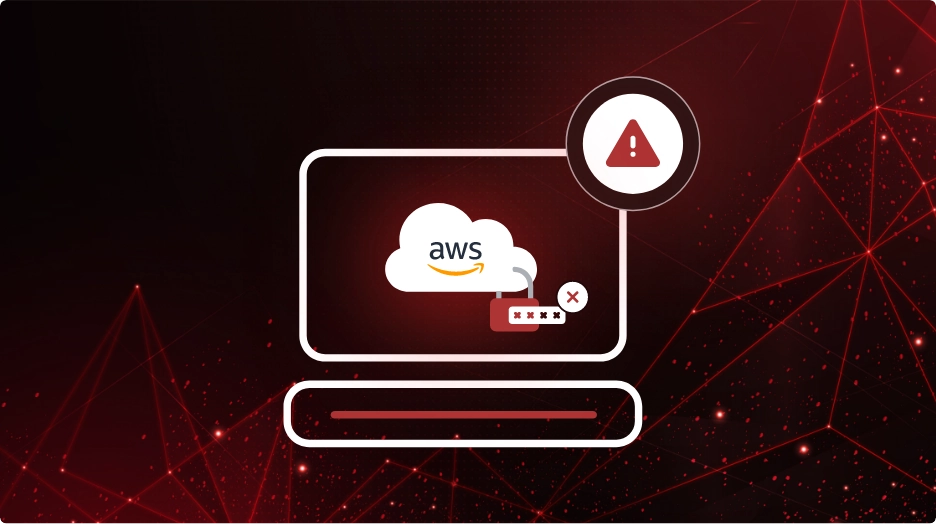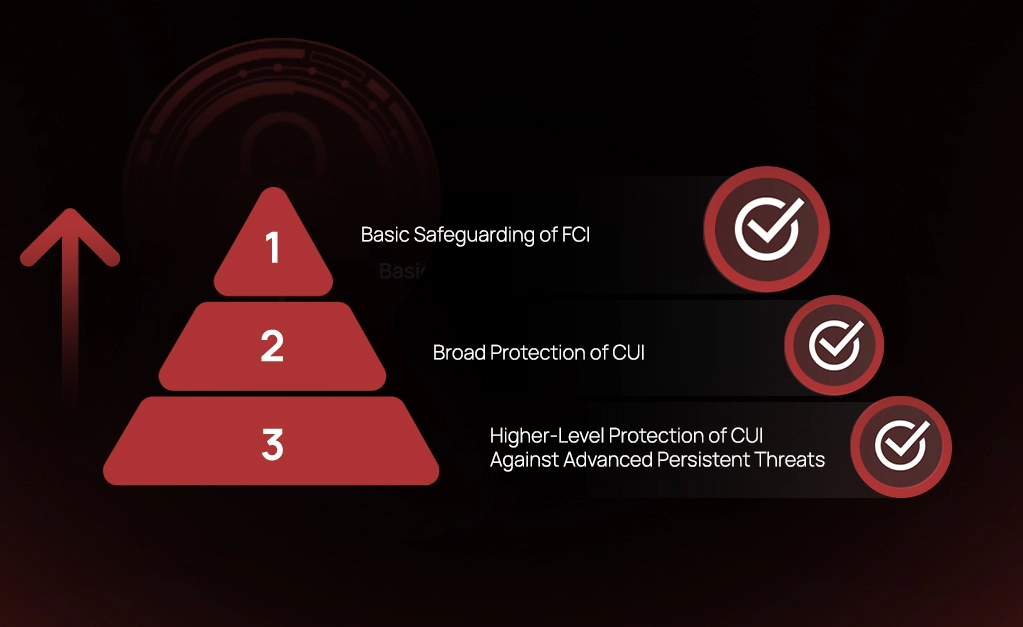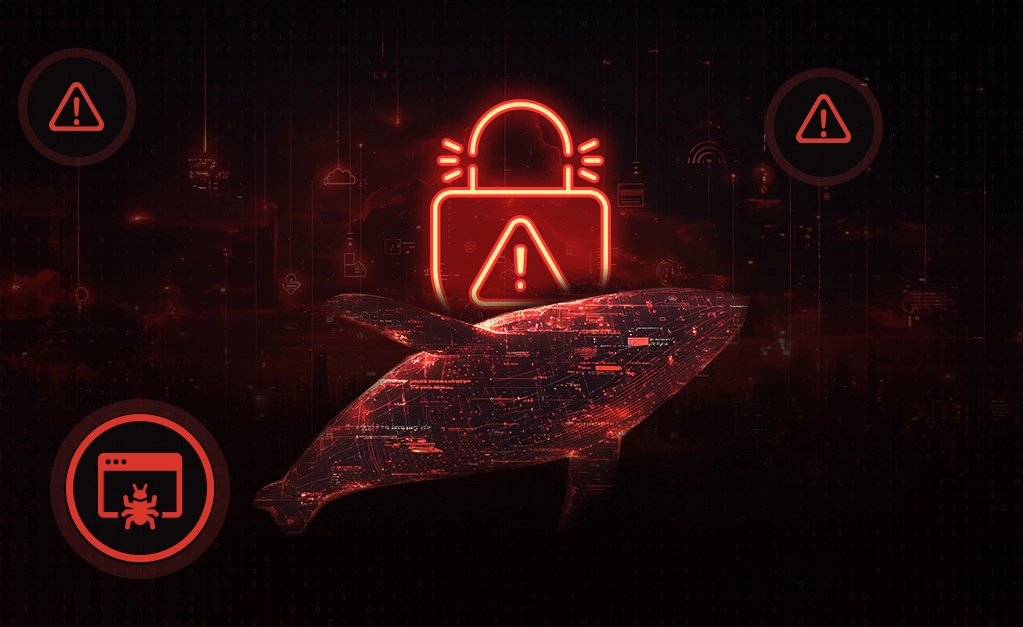
CheckRed Editorial
Access Keys Risks in AWS
Amazon Web Services (AWS), a leading cloud computing platform, empowers countless businesses with the flexibility and scalability to thrive in the digital age. At the heart of AWS’s user authentication system lies a critical component – Access Keys. They are essentially the keys to your AWS system. These credentials are the linchpin for authenticating users and gaining programmatic access to AWS services.
While access keys are undeniably essential, they wield immense power, not unlike a master key that unlocks the doors to your AWS resources. This power, however, comes with inherent risks. The security of your AWS infrastructure hinges on safeguarding these access keys from falling into the wrong hands, as misuse or exposure can lead to unauthorized access and potential breaches.
In this blog, we will discuss the topic of AWS access keys, understand their significance, and delve into the risks they pose.

Understanding AWS Access Keys
AWS Access Keys are fundamental components in the realm of Amazon Web Services (AWS). They come in pairs: an Access Key ID and a Secret Access Key.
- Access Key ID: This is a unique identifier, somewhat akin to a username, for authenticating and tracking users within the AWS environment.
- Secret Access Key: This is essentially the password that pairs with the Access Key ID. It’s a confidential, cryptographic key used to sign requests and confirm the user’s identity.
Access keys serve as the gateway to your AWS resources. These access keys play a crucial role in verifying the identity of users and applications, ensuring only authorized parties can interact with AWS resources. This means that they enable tasks like managing EC2 instances, accessing S3 buckets, and much more.
These keys are the building blocks of programmatic access, enabling automation, scripting, and interaction with AWS services via the command line or APIs. Understanding their role is essential for harnessing the full potential of AWS while also safeguarding against unauthorized access and potential security breaches.
Risks Associated with Access Keys
While AWS access keys are powerful tools, they also carry significant security risks:
- Unauthorized access: The most glaring risk is the potential for unauthorized access to your AWS resources. If your access keys fall into the wrong hands, they can wreak havoc on your infrastructure. Attackers could spin up costly EC2 instances, delete critical data from your S3 buckets, or even compromise sensitive information.
- Sharing and losing keys: Sharing access keys, intentionally or unintentionally, is akin to handing over the keys to your AWS kingdom. Also, losing access keys can be just as detrimental, as anyone who finds them gains unfettered access to your AWS environment. This is why it’s essential never to share keys and to protect them as you would a precious possession.
- Secure storage: Storing access keys securely is paramount. Saving them in easily accessible files or leaving them unprotected on your system increases the risk of unauthorized access. These keys are the keys to your digital environment, so guard them with care and store them in a safe, encrypted location.
Mitigation Strategies
To safeguard your AWS environment from the risks posed by access keys, consider these effective strategies:
- Periodic key rotation: Regularly update your access keys. AWS recommends a 90-day rotation period. Rotating keys reduces the window of opportunity for potential misuse and minimizes the impact of compromised keys.
- Avoid embedding keys in code: Never embed access keys directly into your code. It’s a security pitfall waiting to happen. Instead, leverage environment variables or, better yet, use IAM roles or AWS Identity and Access Management (IAM) for programmatic access.
- Removing unused or unnecessary keys: Prune your access keys regularly. Eliminate any keys that are no longer needed. This reduces the attack surface and simplifies key management.
- Enabling Multi-Factor Authentication (MFA): For added security, configure MFA for your AWS account. MFA requires an additional verification step beyond just access keys, enhancing security for critical operations.
- Using temporary security credentials: Embrace the use of temporary security credentials generated by AWS Security Token Service (STS). These credentials have an expiration time, reducing the exposure window if they are compromised.
- Employing AWS secret manager for secure storage: AWS provides the Secret Manager service to securely store and manage access keys and other sensitive data. It ensures encryption, access control, and central management of your secrets.
By implementing these strategies, you can significantly bolster your AWS security posture, mitigating the vulnerabilities associated with access keys and safeguarding your valuable resources.
How Does Cloud Security Posture Management (CSPM) Help?
As cloud usage grows, maintaining a secure AWS environment is a must. Cloud Security Posture Management (CSPM) offers a comprehensive approach to tackle this challenge. It involves assessing, managing, and enhancing the security posture of your cloud infrastructure. CSPM is important in order to ensure that your AWS resources are well-protected against threats and vulnerabilities.
How CheckRed Can Help
CheckRed shines as a CSPM tool designed to fortify your AWS security. It excels in identifying and mitigating access key risks by providing a deep analysis of your cloud environment. With features like real-time monitoring, compliance checks, and risk assessments, CheckRed empowers you to take proactive measures to safeguard your AWS resources. Its benefits extend to enhancing security, customizing rule frameworks, reducing risk exposure, and ensuring compliance.
The risks associated with access keys in AWS are a real and persistent concern. To fortify your cloud security, it’s crucial to adopt robust practices. Embrace key rotation, avoid embedding keys in code, and utilize secure storage solutions. Moreover, consider the power of CSPM tools like CheckRed, which can be your trusted ally in maintaining a secure AWS environment. By addressing access key risks and embracing CSPM, you fortify your defenses, ensuring your AWS resources remain protected and your operations run smoothly.
See CheckRed in Action
Dive into the future with our interactive demo
and explore the possibilities.
Related Posts




